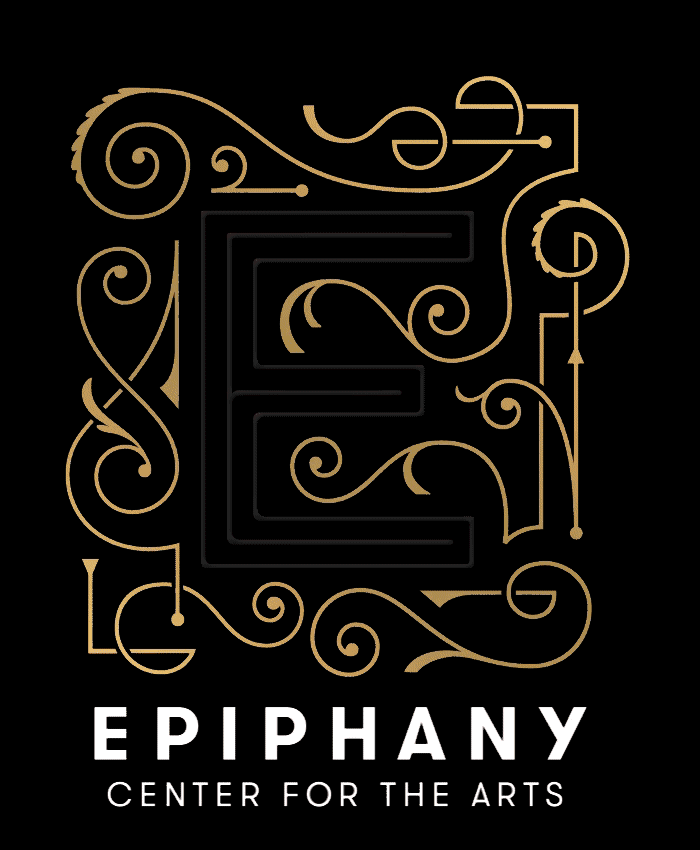VIEW THE COMPLETE ARTICLE HERE
Patching things up
Two exhibitions aim to repair broken connections.
By Isa Giallorenzo
October 24, 2022
For International Repair Day on Saturday, October 15, artist and environmental activist Jenny Kendler, 42, hosted “Before and After: Mending a Life” along with artists Catherine Schwalbe and Katie Vota. “Before and After: Mending a Life,” a social practice project initiated by Schwalbe in 2021, was hosted by Kendler next to Mending Wall, Kendler’s interactive installation currently on view outside of the Field Museum. At “Before and After: Mending a Life,” attendants were encouraged to bring and repair textiles from their own homes, and together “consider mending in your life, your community, our world,” according to Kendler’s website. Tools and supplies such as thread, elastic, and buttons were provided, and no experience was necessary to participate.
Mending Wall is a collaborative project created by Kendler and inspired by Robert Frost’s poem of the same name, as well as Ursula Le Guin’s Earthsea novels, and a visit Kendler made to the Wailing Wall in Jerusalem. The project consists of a 25-foot and dry-stacked stone wall, built from reclaimed Chicago cobblestone. Visitors of all ages are invited to write messages addressing their “individual hopes and fears in this moment of intersecting crisis” and place them in the cracks of the mortarless wall. With the help of the Pandemic Collections team at the Field, the messages will be on display in the near future at the museum, and they will also be archived to be hopefully shared 100 years from now.
Kendler explains how a wall can help mend our divides. “This wall is a partial wall, tumbling down at the ends . . . it implies impermanence, porosity. As Frost says, ‘Something there is that doesn’t love a wall . . .’ The wall reminds us that our city, our communities, are constructed from materials, whether literal or cultural, that were hewn, shaped, and well-worn by those who lived here before us. Do we want to keep walls intact, or like the wall in the project, will we let them fall, or even work actively to dismantle them? At the conclusion of Mending Wall the [accompanying] native plant garden will remain, but the wall itself will be disassembled and the stones distributed to gardens throughout the city.”
Speaking of well-worn or repurposed walls, the Epiphany Center for the Arts, which used to be the historic Church of the Epiphany in its previous incarnation, is currently displaying Amanda Christine Harth’s “Blue Collar,” an exhibition about the often overlooked contribution of Africa and African Americans to denim textiles. It features indigo-dyed textiles, customized denim garments, and original denim quilts created by the artist—many of them representing the Black experience in America, and their connection to the fabric. “There are so many more stories to be told about the true history of Black people’s contribution to denim culture,” says Harth, 34, who has been celebrating the fabric in multiple ways over the years.
“In 2016 and 2017, I cocurated an exhibition with Ciera McKissick of AMFM called ‘Indigo Nation’ at Chicago Art Department in Pilsen. It was a denim exhibition and pop-up highlighting local artists and designers. I continued to study denim culture and started learning more about the history of indigo. During this time I continued to host other workshops and events focused on creative entrepreneurship and streetwear fashion,” Harth says. “In 2019, I opened a weekend exhibit, ‘Museum of Streetwear,’ showcasing local fashion designers including denim pieces by Ron Louis and Dearborn Denim. In November 2021, I conducted an artist residency at SAIC at Homan Square on the intersectionality of denim culture and Black culture. At the end of my residency I worked with the denim fashion icon Michael White and multimedia artist Alexandria Eregbu to create a community quilt of upcycled denim and other textiles with residents of Homan Square.”
With all this experience, Harth has become an authority when it comes to denim. Her continuing interest in connecting streetwear, art, and local designers is certainly a force for good for our local fashion community. Though small in size, her exhibition at Epiphany is a delightful culmination of all her work during these years. Displayed in Epiphany’s Guild Room, which happens to be blue, Harth’s works prove how versatile denim can be, and do justice to indigo’s reputation for being a celestial color.
“Blue Collar”
Through 11/19 by appointment (email art@ephiphanychi.com) or viewable during events, Epiphany Center for the Arts, 201 S. Ashland, 312-421-4600, epiphanychi.com
Mending Wall
On view through 2024 near the Field Museum’s northeast corner in the Museum Campus area, 1400 S. DuSable Lake Shore Dr., jennykendler.com
Editor’s note: this story was edited post-publication to reflect the genesis and nature of Catherine Schwalbe’s project.


